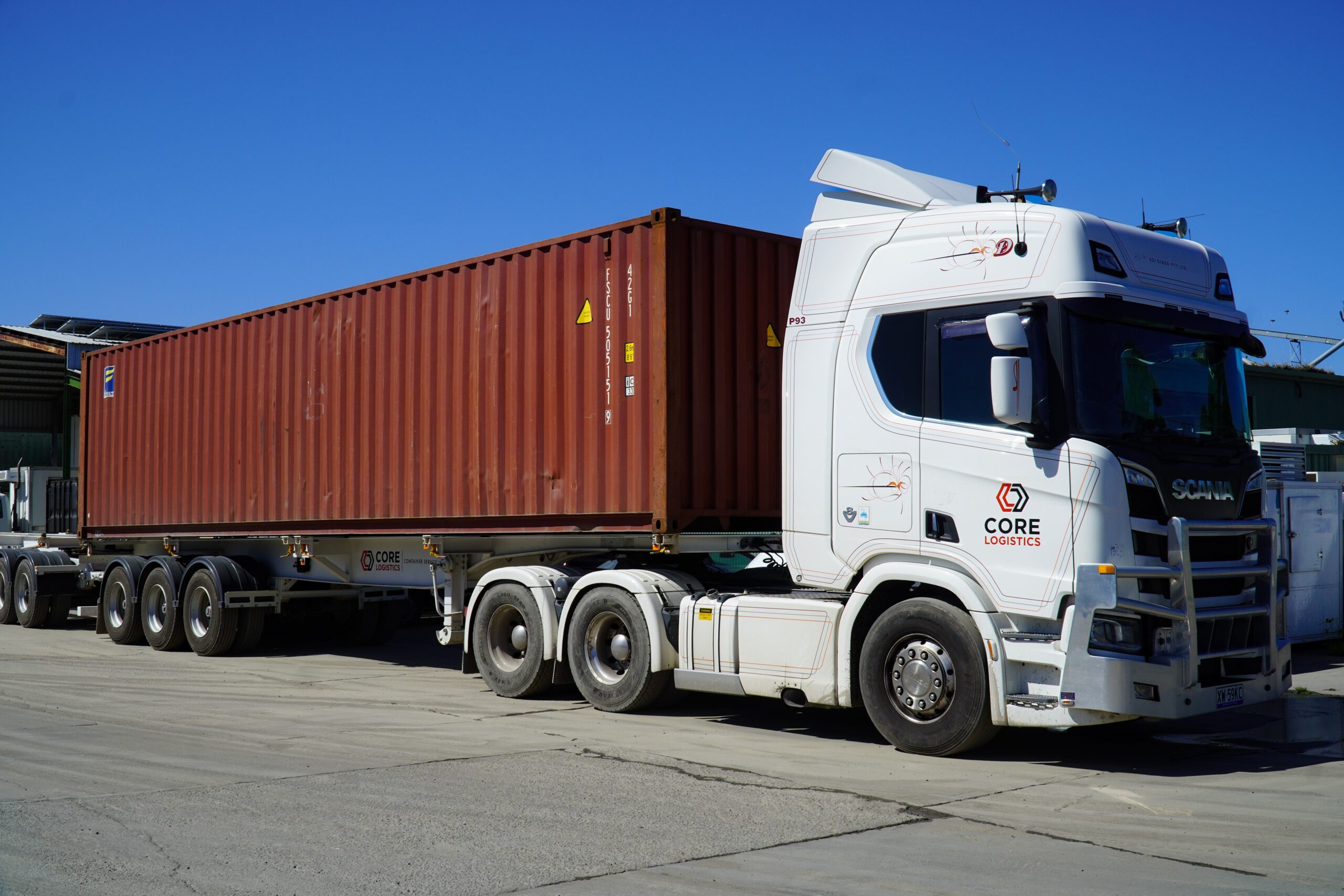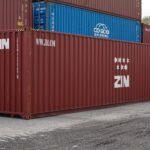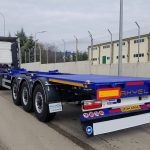Importance of having proper ventilation in a shipping container

When looking for a shipping container to live in, you must ensure it is properly ventilated. If it’s not, you’ll be uncomfortable and might even have health problems. Let us explain what you need to know about ventilation before purchasing.
Is ventilation required for your shipping container?
You need to consider ventilation when looking for a shipping container. A shipping container can be a great living space, but it must be adequately ventilated so that you can breathe easily. Without proper ventilation, you will feel stuffy and uncomfortable. Core Logistics takes good care of the ventilation while providing container services in Melbourne.
Fires and explosions are more likely to occur when there is insufficient ventilation
If you are not careful, a shipping container without proper ventilation can quickly become a death trap. Not only do you run the risk of heat stroke or suffocation, but there’s also the danger of a fire or explosion.
There’s a risk of fire and explosion because shipping containers are airtight by design. Adding combustible materials or chemicals can also cause an explosion within the container. Ensure you install proper ventilation in your shipping container, or you could risk your life.
Inventory and other stored goods can be damaged by moisture
A shipping container needs proper ventilation to protect goods from moisture damage. Electronics should not be stored in a poorly ventilated container with high humidity levels because corrosion or short-circuiting could occur. Your business can save a lot by using container solutions.
But it’s not just electronics that can be damaged by moisture. Any item stored in a shipping container should be considered in terms of its susceptibility to humidity and moisture damage.
That’s why it’s so important to have a sound ventilation system in place – it helps create a dry environment less conducive to damage. Get your container services sorted in no time with our new streamlined process, and you’ll have everything up and running in a flash!
Your steel container will rust.
If your steel container is not correctly ventilated, or if it’s not regularly maintained, rust will develop on the interior and exterior of the container.
While some people might see this as an aesthetic issue, rust can cause structural problems with your container. If the rust eats through the steel, your container could become weaker and collapse.
When it’s not too hot or cold outside, ensure your container is adequately ventilated to prevent rust from developing. You can install fans or vents or open the doors and windows. If you see any signs of rust, take care of them immediately.
Let Core Logistics’s container services in Melbourne take your business to the next level! Their efficient handling of all container needs, from transport to storage, will provide you with fast and cost-effective solutions.
What is the importance of roof vents?
Without a doubt, having a roof vent is essential! It’s one of the key ways to get fresh air into your container and to keep the temperature inside bearable.
You can choose from a few different types of roof vents. Turbine vents are significant because the wind powers them, so they do not require electricity. Power vents work regardless of wind, as an electric motor powers them.
Another thing to consider is how many vents you need. This will depend on the size of your shipping container and your climate. In general, it’s a good idea to have one vent for every 100 square feet of space.
So, if you have a 20-foot-long container, you need at least two vents. Core Logistics’ container services in Melbourne make container transport effortless and efficient.
What do You need to Know About Ventilating a Shipping Container?
You can’t just leave a shipping container as-is and expect it to be liveable. You need to ensure it is properly ventilated. Otherwise, you will be dealing with some severe temperature control issues.
There are a few things you need to consider when ventilating a shipping container:
First, you must ensure that the container is insulated correctly. This will help keep the temperature inside the container consistent and prevent any extremes.
Second, you need to install vents. These can be placed in the walls or ceiling of the container and will help circulate air.
Secondly, the container must be appropriately ventilated. This means that air can flow into and out of the container. The best way to do this is to install a ventilation system.
Ventilation is essential in controlling the temperature inside a shipping container. Without proper ventilation, the temperature inside the container can become extreme, making it unliveable. Therefore, it’s vital to ensure that you consider ventilation when purchasing a shipping container. Container solutions make it easy to store and access your belongings!
You need to consider many things when buying and using a shipping container as a home. You’ll find it challenging to have a container that isn’t adequately ventilated, which could cause problems.
Make sure you talk to Core Logistics container solutions representative about ventilation when planning your build. We can help you choose the right products and install them correctly so you can enjoy your shipping container in complete comfort.

